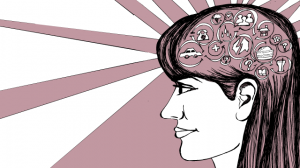A paper published this week online in The Journal of Biological Chemistry has proposed a link between the pathophysiological protein accumulation seen in sporadic tauopathies and traumatic brain injury (TBI).
The research, authored by Bridget Hawkins of the University of Texas Medical Branch, used non-transgenic rats to model TBI and, after inducing parasagittal fluid percussion injury, employed antibodies against oligomeric and phosphorylated tau to investigate its occurrence. Aggregation of the hyperphosphorylated tau into insoluble oligomers is a hallmark of Alzheimer’s Disease and the relationship between brain damage in Alzheimer’s Disease and that in TBI had not been fully investigated. In addition, as the paper noted, multiple concussions, a form of TBI, increase the risk of developing early-onset tauopathy-related dementia.
The study reports that the tau oligomers were detectable in the model from four hours after injury and remained present for two weeks. They posit that this may contribute to the permanent brain damage which can occur after TBI, resulting in memory deficits, sleep disturbances and seizures.
TBIs have a high incidence rate in the general population with the Centre for Disease Control and Prevention estimating that 1.7 million TBIs occur every year in the US. Their severity varies from concussions to haematomas and anoxia. Understanding how tau aggregation contributes to the associated long-lasting damage may allow the development of a preventative treatment, reducing the likelihood of permanent damage in TBI cases. The authors thus hope to further investigate whether the antibodies used for detection could be utilised for vaccination.
![A link between acquired brain injury and Alzheimer’s Disease? A paper published this week online in The Journal of Biological Chemistry has proposed a link between the pathophysiological protein accumulation seen in sporadic tauopathies […]](/wp-content/uploads/2013/03/false-memory-620x300.png)
